Between the arrival of version 7.00, and The International 7 once again breaking the world record for largest prize pool in esports history, 2017 was a very busy year for Dota 2. There was plenty for both fans and players to get excited about.
Next year will bring more events and more prize money to go around thanks to the new Pro Circuit system. Also, for the first time, next year’s TI will have complete transparency when it comes to the direct invites, as teams will now have to qualify with points in order to be invited.
With just a few hours left in the year, let’s take a look back at the biggest stories in Dota 2 in 2017—both the game’s greatest heights, and its lowest lows.
A new journey: Patch 7.00
At the end of the Boston Major last December, Valve showed a trailer looking back at all the versions of the game that had come and gone to that point. It was a nostalgic video, showing clips and photos from Internationals past, and even loading screens from the old WarCraft III custom map.
Most people were expecting IceFrog and the balance team to go about their business as usual, and reveal Patch 6.89 at the end of the trailer. Indeed, the rolling counter stopped at 6.89 but skipped ahead to 7.00—the first non-decimal version since IceFrog took over development of the original DotA Allstars in 2005.
At that point, it was official: Dota 2 was entering a completely new age, leaving behind its past forever and embracing itself for what it really is. It took seven years, but the announcement was pretty hype nonetheless considering it would have taken a lot of time to get from 6.89 to 7.00 the normal way.
Patch notes for 7.00 went live after the trailer was shown, with thousands of users crashing the Dota 2 site immediately. When the servers finally got to breathe, fans were greeted with sweeping changes to the game: talent trees, shrines, extensive reworks to the map’s layout and terrain, a UI refresh, and most importantly, a completely original, Dota 2-only hero.
Fast forward to today, and two more heroes have joined the fray, along with talents and items that didn’t even exist earlier this year. With IceFrog leading the charge, there will definitely be more surprises in store for the game’s playerbase.
Talents turned the game upside down
Fans were right to be shocked by the introduction of talents in Patch 7.00. Aside from making the game look like Heroes of the Storm, hero builds once considered standard went straight out the window thanks to talents that deviate from them entirely.
The first example was the magic damage Ember Spirit build, popularized as a result of the synergy between items like Octarine Core and Ember Spirit’s magic amplification talent. Before the advent of talent trees, Ember Spirit was exclusively a physical damage dealer.
As for other heroes, picks like Lone Druid and Queen of Pain found their way back into the metagame thanks to some powerful talents. We still see this from time to time today, with previously off-meta heroes coming back into the spotlight after receiving some love from IceFrog.
Wings Gaming: Gone too soon
For the first time in the tournament’s history, the Aegis stood undefended at TI7. TI6 champions Wings Gaming were nowhere to be found, as the team had disbanded after bombing out of the Kiev Major. In addition, they were caught in some controversy with the Association for Chinese Esports (ACE), which banned all five players from participating in any Chinese tournaments as punishment for breaching their contracts.
Their dissolution as a squad was a sad day in Dota 2, considering just how much they changed how the game was played at the time. The Chinese team was notorious for drawing up the most baffling drafts ever, and having a seemingly endless hero pool. They laughed in the face of the metagame, instead carving through it with their own skill and flexibility.
They were truly something special. Not only were they relatively successful in terms of results (if a bit inconsistent), but they were one of the most entertaining teams to ever play the game. While unpredictability in their drafts was their greatest strength, they still had the mechanical skill and game sense to back up their outlandish lineups.
Nowadays, they are scattered within the Chinese scene. Zhang “Faith_bian” Ruida and former captain Zhang “`y” Yiping currently play for EHOME. Carry player Chu “shadow” Zeyu formed Eclipse after the team’s disbandment last year. Lastly, Zhou “bLink” Yang and Li “iceice” Peng now play for Sun Gaming.
Out with the old Majors, in with the Pro Circuit
The old seasonal Dota 2 Major system gave us some very memorable moments. From the four titles that European team OG won to the heartstopping grand finals of the Boston Major, there were twists and turns at every stop.
Unfortunately, it didn’t solve the problem of pro Dota 2 being very top-heavy in terms of prize money. Everyone still gunned mostly for the Majors and The International, with third-party events almost falling by the wayside. And so, Valve this year decided to do away with running more than one event themselves, going back to the pre-2015 scheme of leaving tournaments to outside organizations while still sponsoring these events with boosts to their respective prize pools. Valve called this the “Pro Circuit.”
There’s a catch, though: TI will no longer have “subjective” direct invites as opposed to before. This time, every team must participate in official Pro Circuit events (called Majors and Minors), in order to earn qualification points for TI8. This system encourages consistency over hot streaks prior to a Major or TI, and rewards teams that stick together figuring things out rather than those who immediately disband at the first sign of trouble.
So far, the Pro Circuit has produced some top quality competition. Perhaps the only problem is that tier one teams such as Team Liquid, Newbee, Virtus Pro, and Team Secret take away some of those points from tier two and three squads by playing in Minors anyway. Some adjustments to the next season may be in order, but for the most part, the community seems to be enjoying the new look.
The International reigns supreme for the fourth time in a row
Valve’s annual world championship tournament did it again, breaking the world record for largest prize pool in esports history. TI7 had a final total of $24,787,916, after starting from a base amount of $1.6 million.

The prize pool was boosted yet again by the community through the corresponding Battle Pass released in May. Fans raised more than $23 million by purchasing additional Battle Pass levels, which came with handsome in-game rewards and even collectible prizes in real life.
Liquid, the champion, went home nearly $11 million richer, and with the Aegis of Champions in their hands. Runners-up Newbee may have left KeyArena with far less cash than their European rivals, but $3.9 million is absolutely nothing to scoff at either. The same goes for the rest of the teams in the top eight spots, who won at least $617,000 for their valiant efforts.
Could TI8 break this record a fifth time next year? One thing’s for certain, at least: Dota 2 fans are still very much willing to throw money at the most prestigious event in the professional scene.
KuroKy finally triumphs at TI, while the rest of Liquid fulfill their own destinies
Kuro Salehi “KuroKy” Takhasomi has had quite the long career in both DotA Allstars and Dota 2. While he is now known for being a strong support player who deserves the highest praise, fans who only started watching professional games in Dota 2 might not know that he got his start as a carry.
In fact, he used to be at the very top in that role, even winning the GosuGamers Carry of the Year award in 2008 by a massive landslide. He received 52 percent of the votes in the poll, crushing runner-up Jonathan “Loda” Berg by 226 votes.
His transition into Dota 2 started off rather slowly, however. Although he was at the very first International, he and the rest of the GosuGamers official team were eliminated in the bottom four spots. He suffered the same fate the next year with mousesports, winning absolutely no money again.
It wasn’t until he was picked up by Natus Vincere that his misfortunes finally started to turn around. As part of the legendary 2013 Na’Vi lineup, he won more than a handful of premier tournaments that year. How ironic, therefore, that it was Loda, the very man he trounced in 2008 as the world’s best carry player, who would deny him the ultimate prize in Dota 2—in what is now the most celebrated grand final match in TI history.
KuroKy stayed with Na’Vi for one more year, but failed once again to capture the Aegis at TI4. He jumped over to Team Secret the next year, still at the top of his game, but the Aegis just would not give him a chance. This was the case yet again at TI6 where he played for Liquid, but the postseason gods gave him a huge blessing that year: Amer “Miracle-” Al-Barqawi and Maroun “GH” Merhej both joined the team.
Their results turned around immediately. With KuroKy at the helm and their chemistry growing day by day, Liquid started to take important premier events leading up to TI7. Once TI7 itself rolled around, they were among the teams predicted to win the whole thing. And that’s exactly what they did, sprinting through the lower bracket after being knocked down early by Invictus Gaming to hoist the trophy by the end of it all.
KuroKy could not hold his emotions back at the victory ceremony, and the tears started to flow. The 25-year-old German player had finally done it, thus proving to the world that persistence does indeed pay off.
As for his teammates, their own stories reached their respective conclusions. Miracle- finally won a TI after being hailed as the best core player in the world for a year and a half. GH soared straight to the top of the Dota 2 world in his first year as a full-time professional player.
Lasse “MATUMBAMAN” Urpalainen, who once wrote an innocent forum post on joinDOTA three years ago saying that he was looking for a team to join, worked his way to a TI championship. Finally, Ivan “MinD_ContRoL” Ivanov reached his highest potential, cementing his legacy as one of the best EU offlaners to ever play the game.
All in all, it was the story of KuroKy taking a team of relative nobodies (barring Miracle-), building them up as a cohesive unit of five players, and winning it all through sheer determination and perseverance. It was the perfect way to cap off the spectacular 2016-2017 season, both for Liquid and fans around the world.



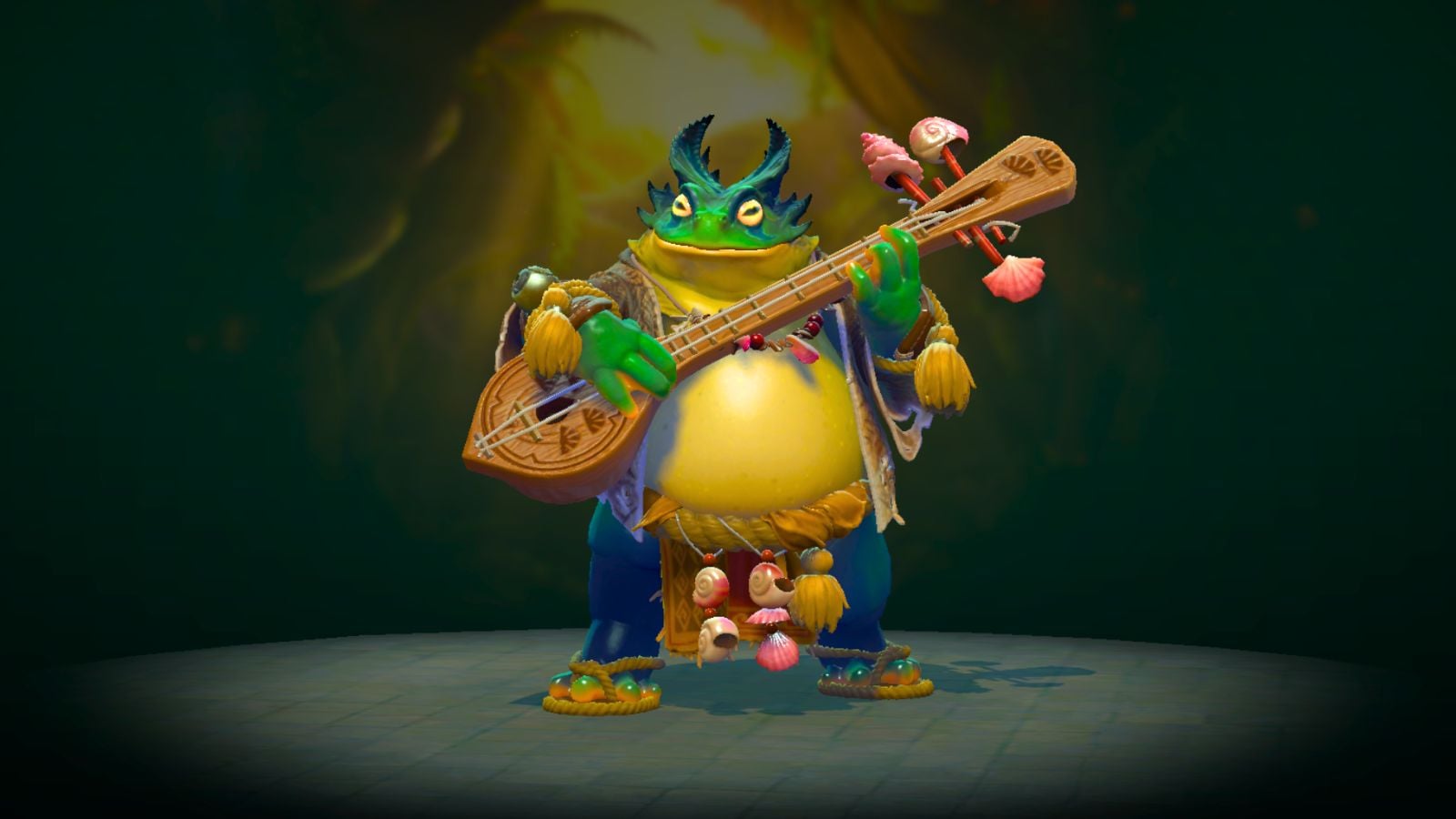
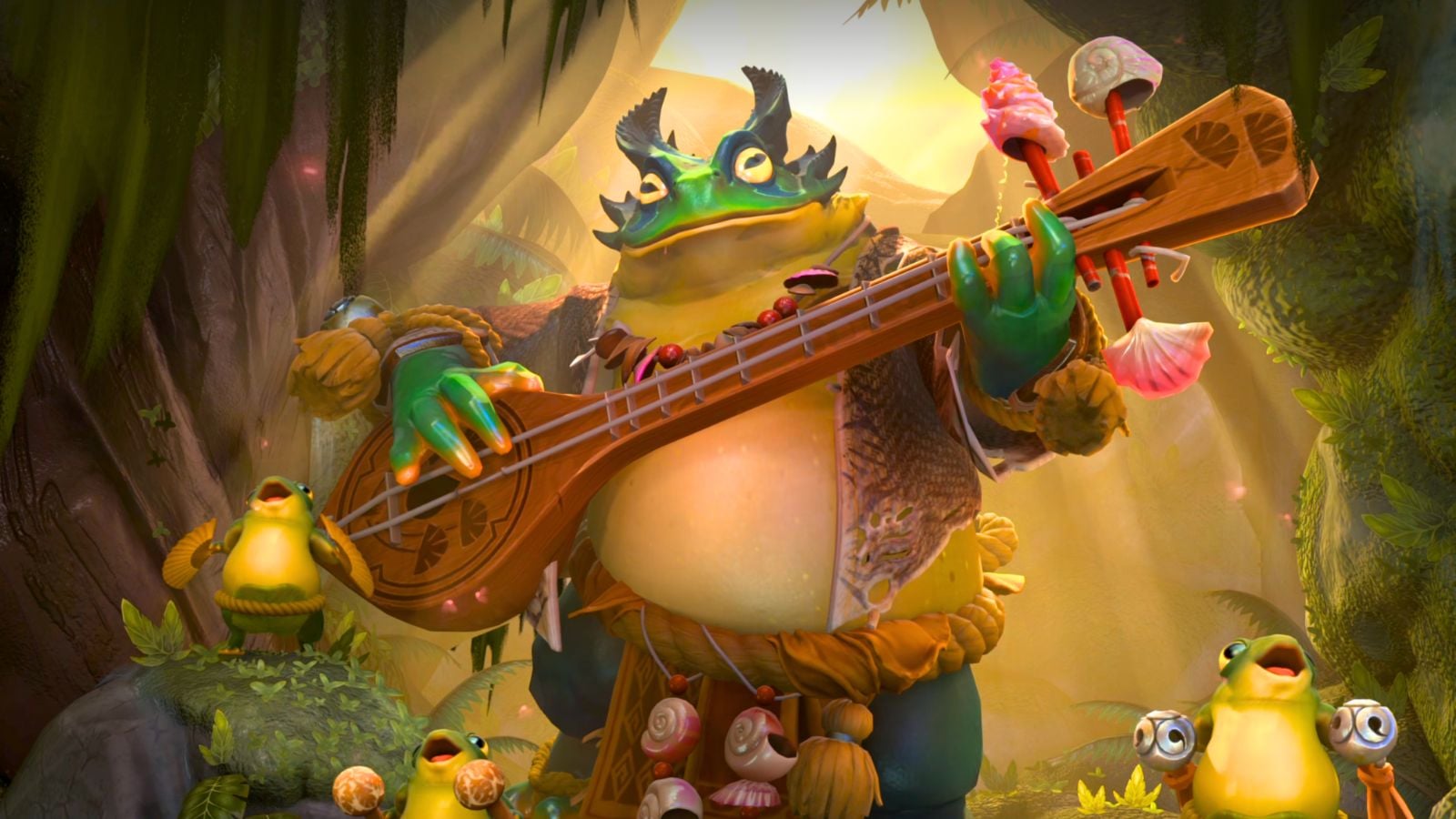
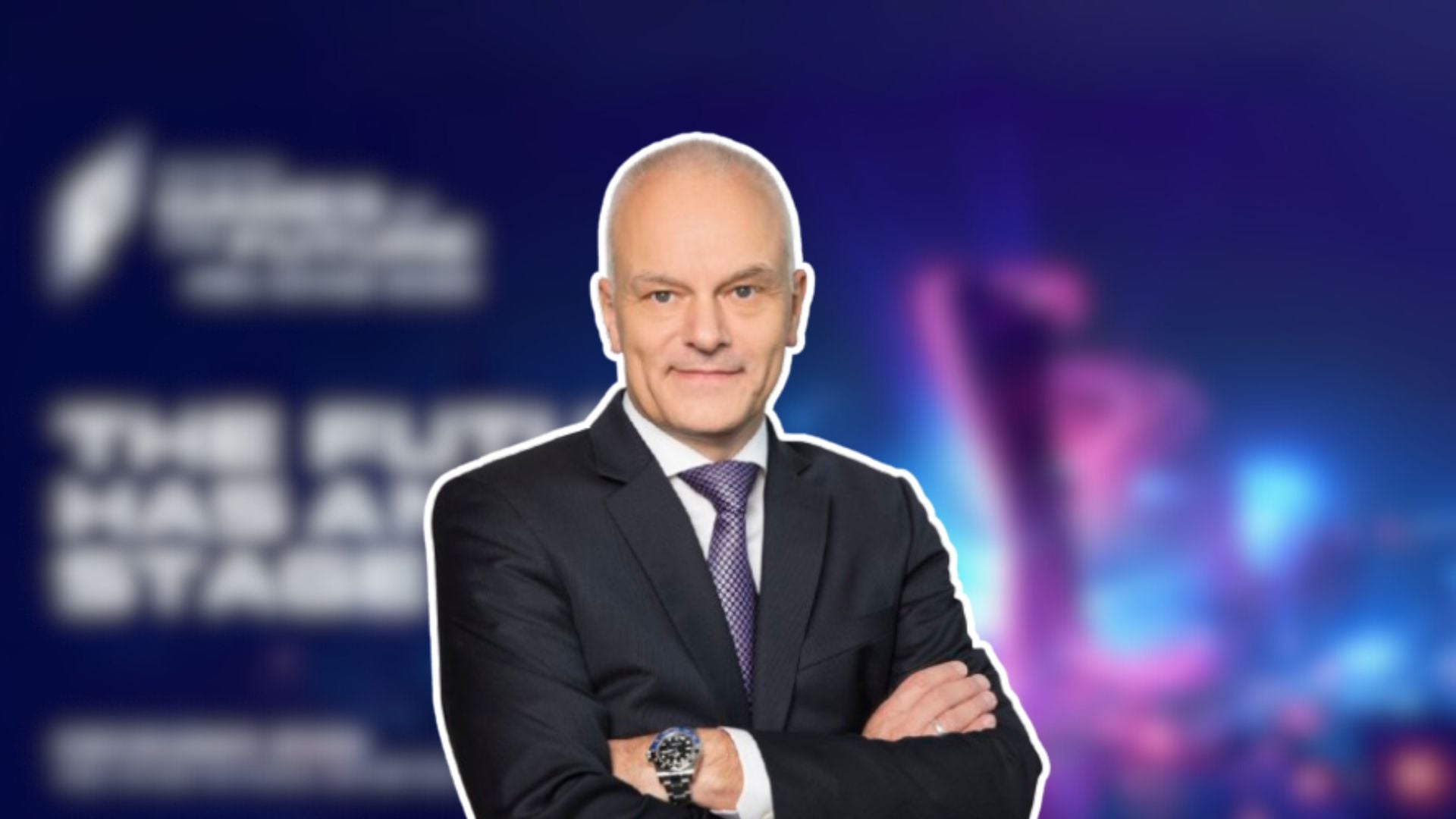
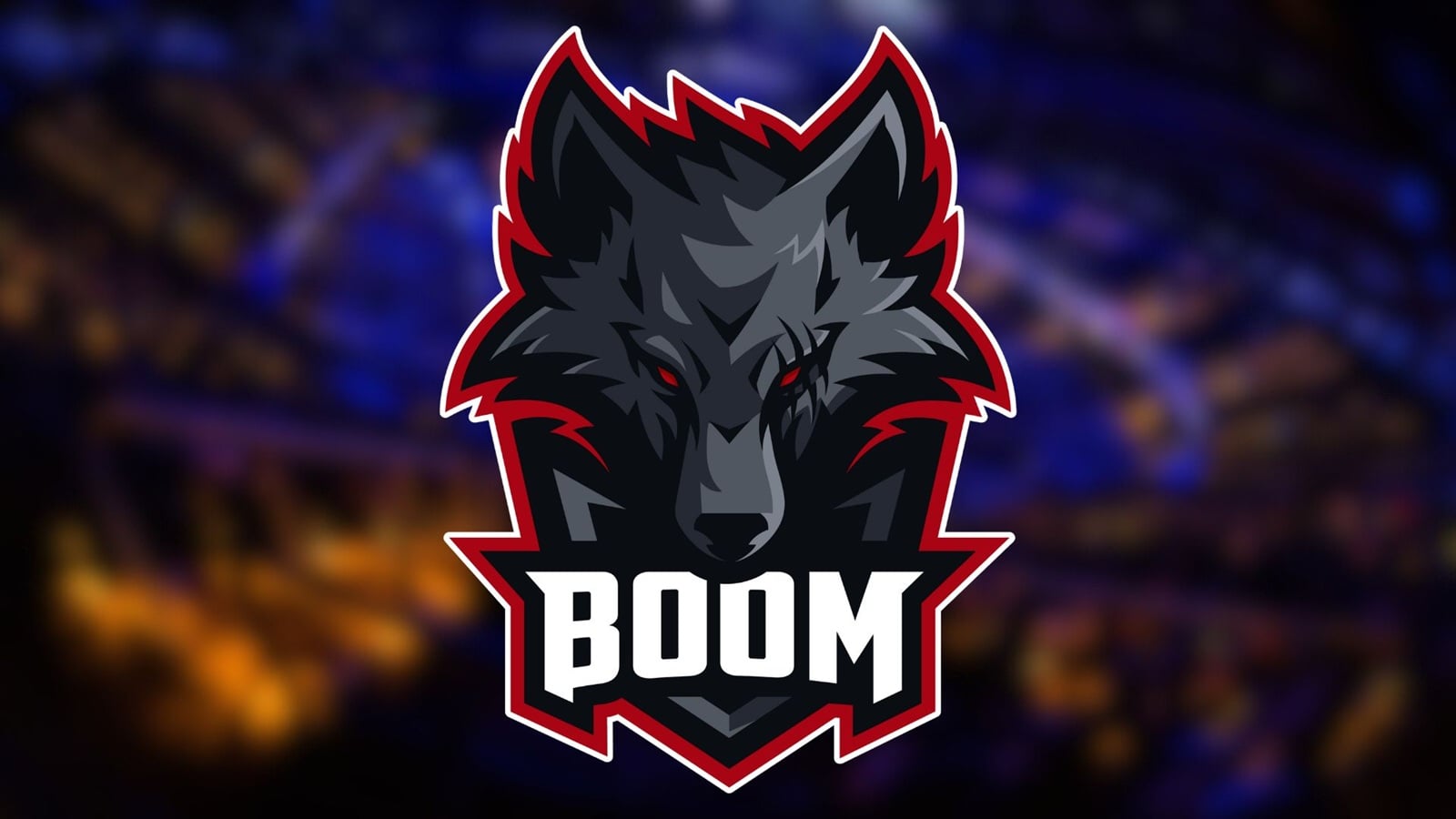
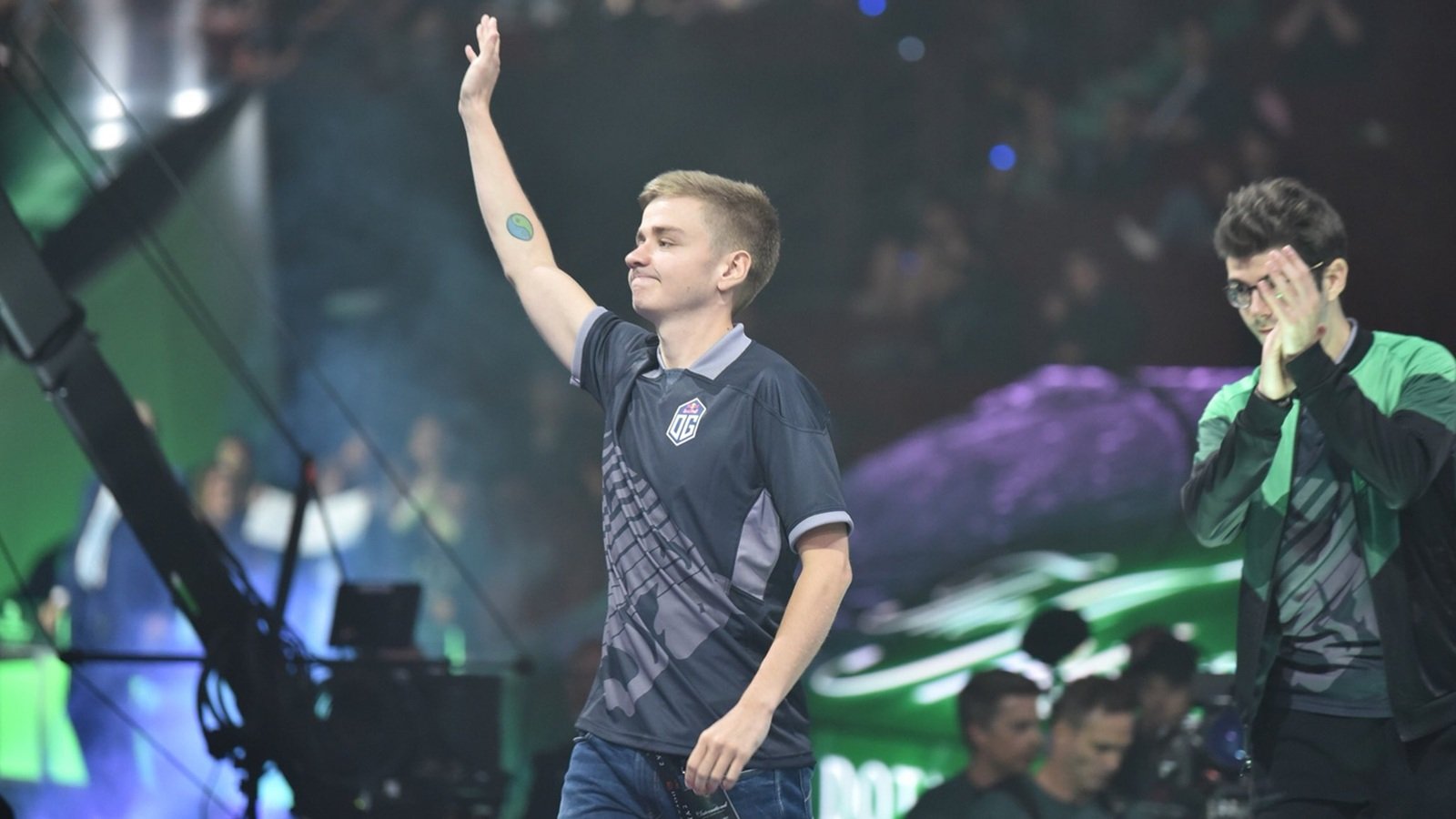
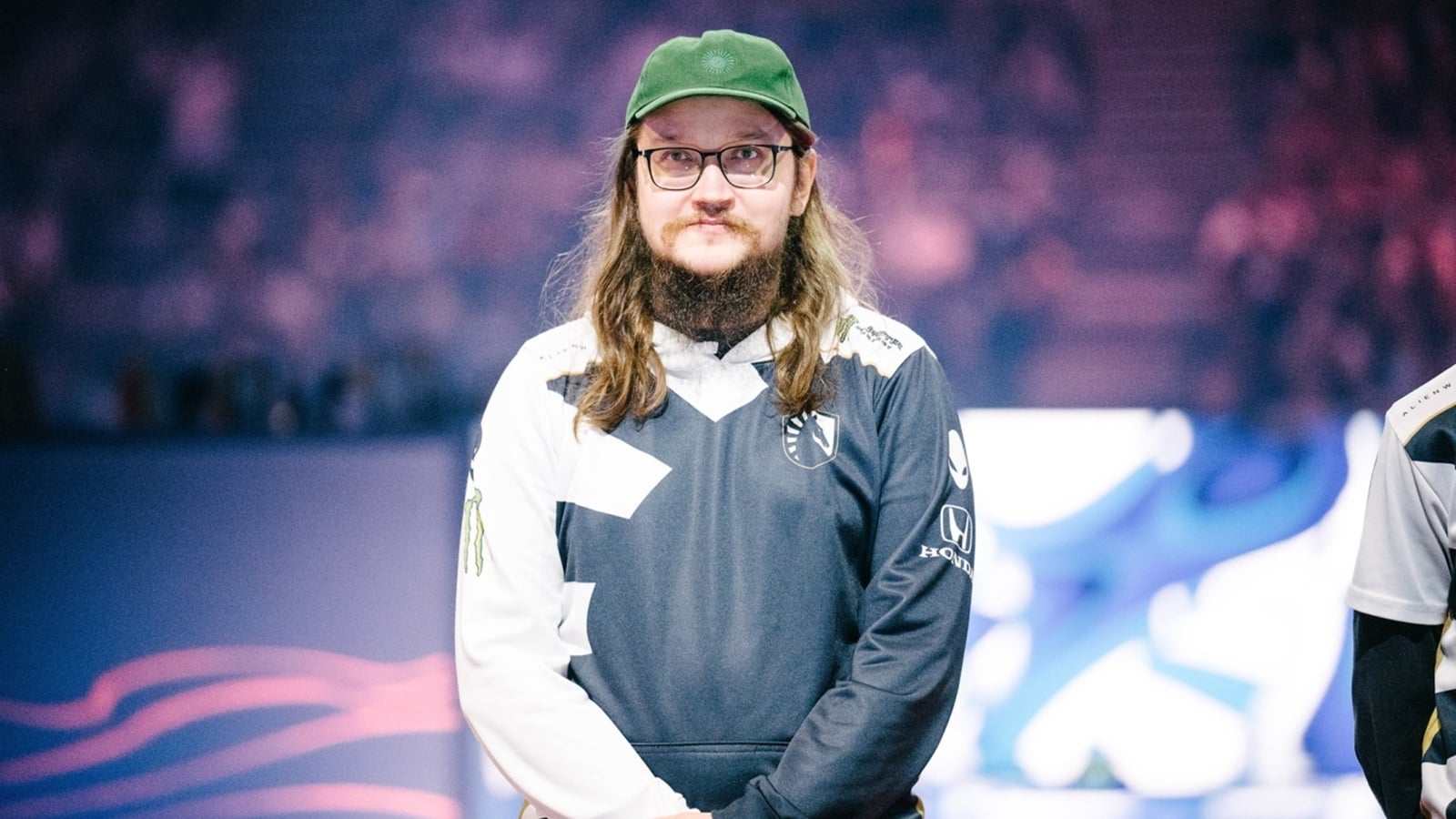
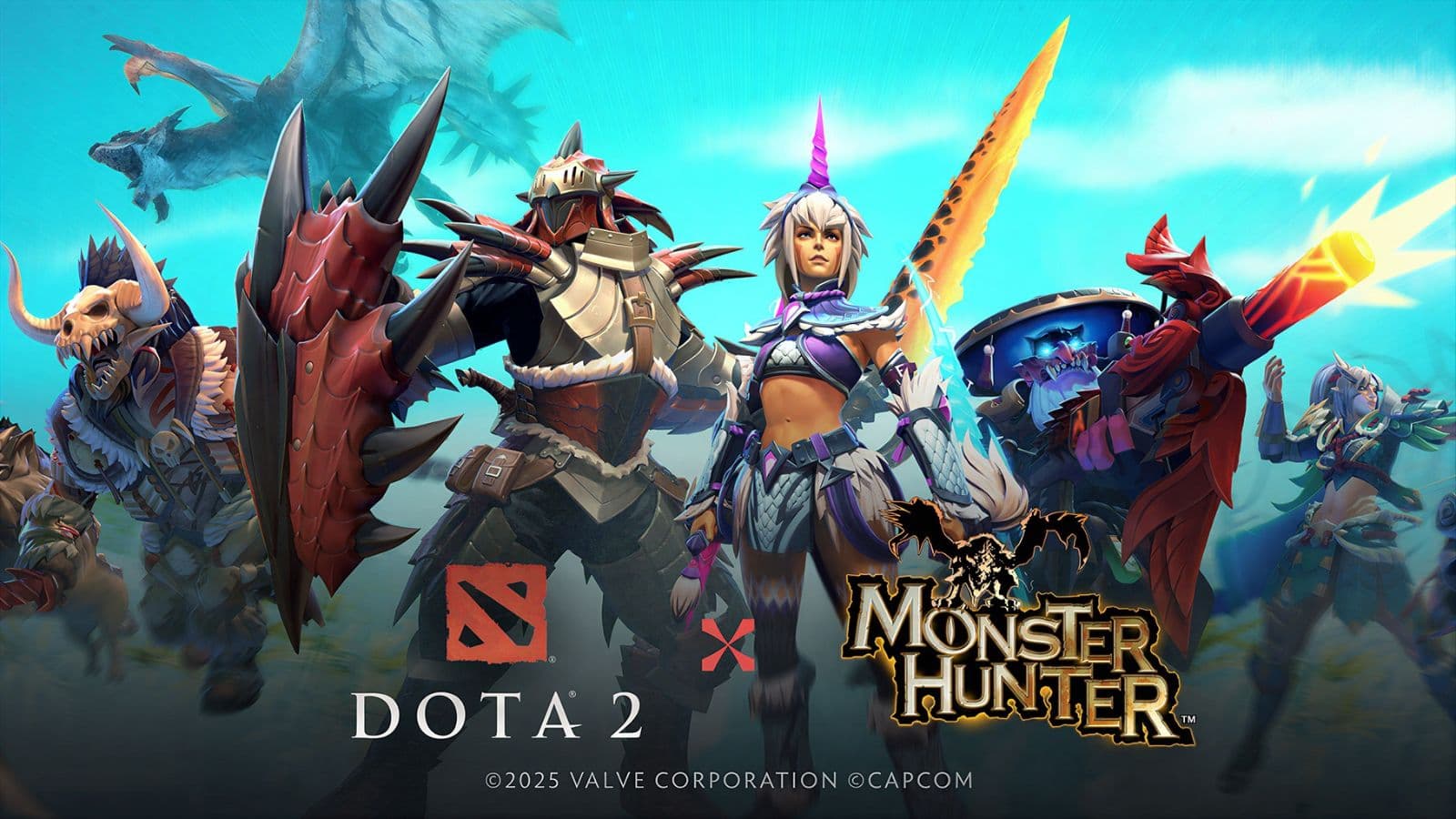
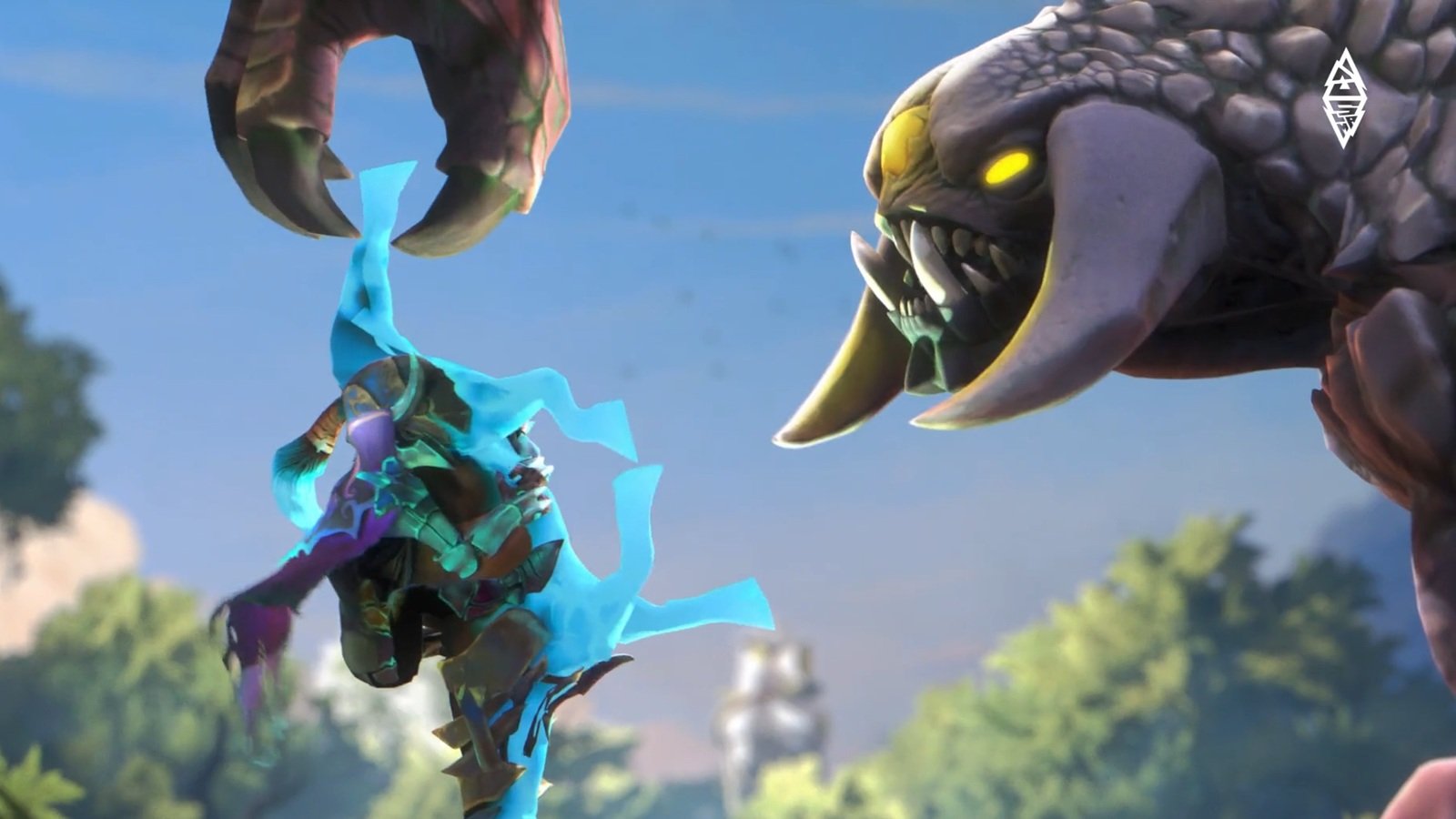
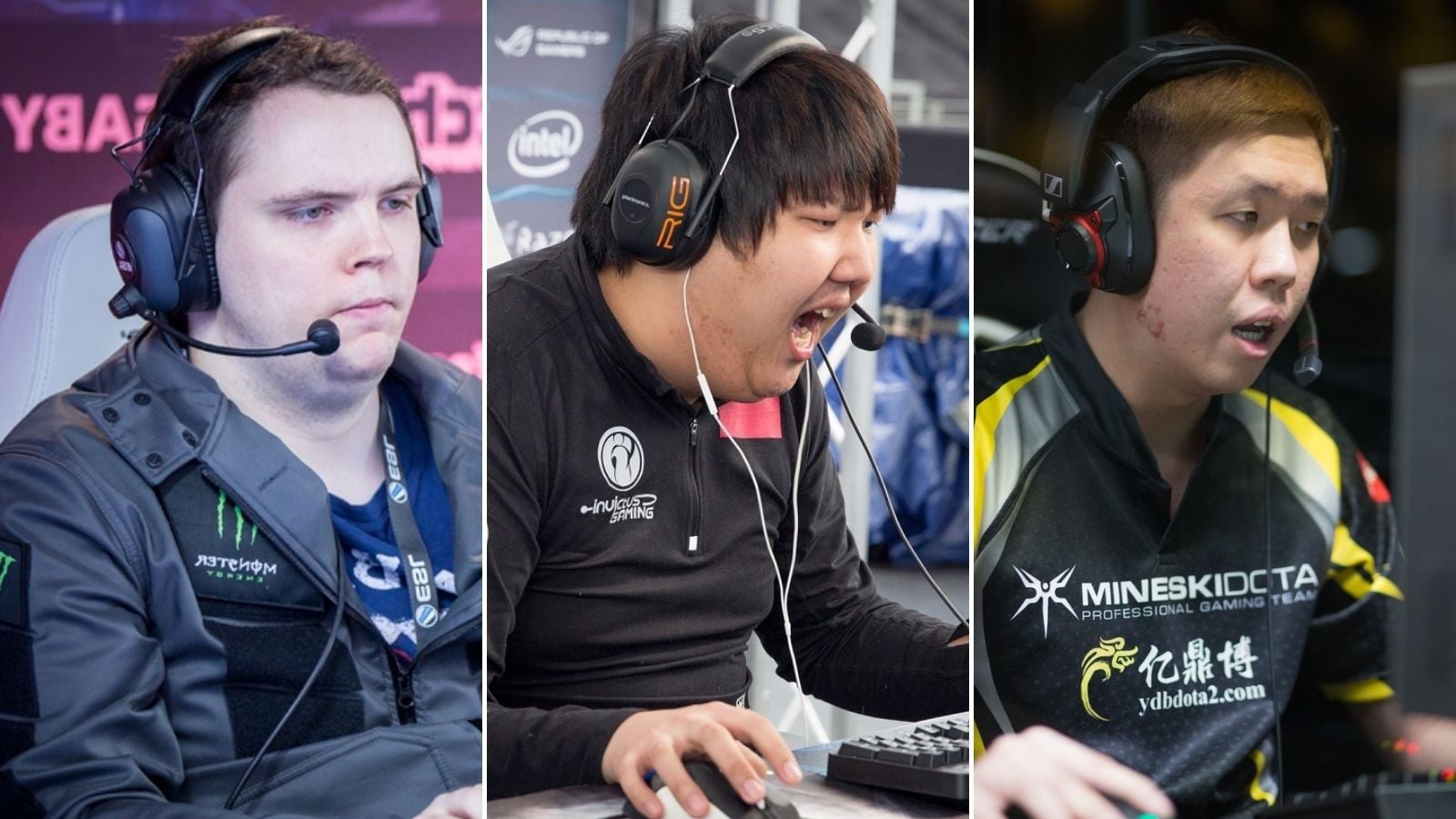
Published: Dec 31, 2017 02:04 pm